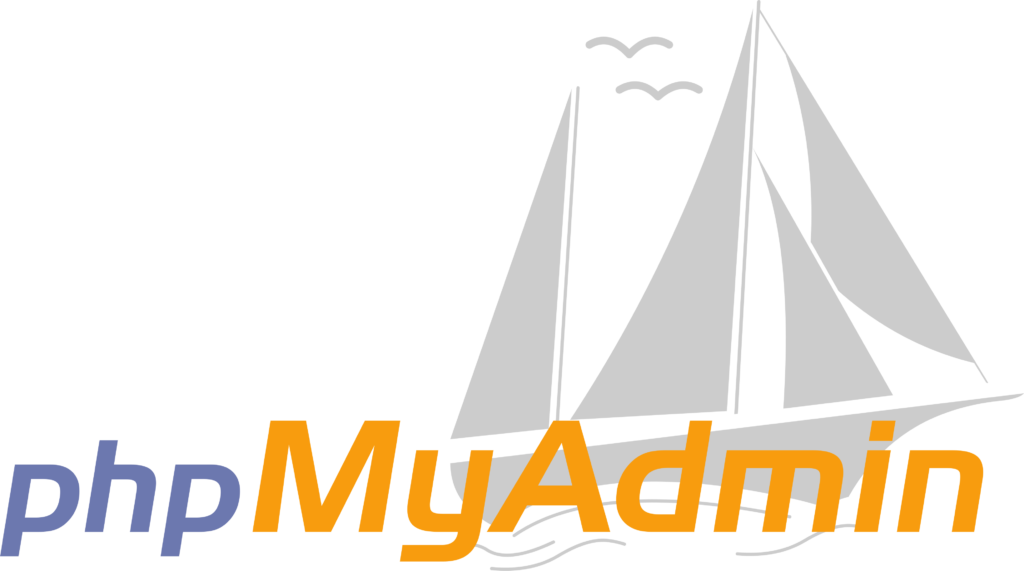For hosting PHP on your website, PHPMyAdmin might be the most important tool in your arsenal. It lets you effortlessly manage all of your databases on your server. Whether you use MySQL, MariaDB, PostgreSQL, or some other database storage mechanism, PHPMyAdmin lets you easily search, organize, import, export, and much more. PHPMyAdmin is also a great place to test out SQL queries. A built-in SQL editor lets you easily run advanced queries without having to log in to a command line session.

Getting Started With PHPMyAdmin
Here in the support center, we have everything you need to get started using PHPMyAdmin. It comes pre-installed in most accounts, but if you have a self-managed server, we’ve got you covered.
More Advanced PHPMyAdmin Tutorials
Moving on with your mastery of PHPMyAdmin, we have more tutorials that will help support you as you accomplish more demanding database tasks.
- Preventing the “Index Of” listing page using the Index Manager
- How Much Will You Pay For cPanel Licenses?
- How To Setup Node.js App in cPanel
- Basics of RVM – Ruby Version Manager
- Understanding Website Character Encoding in cPanel
- How to Upload a File With cPanel File Manager
- How to Edit HTML Code in cPanel
- How to Setup DMARC Records in cPanel
- How to Create a Thumbnail Image Using cPanel
- How To Remove a DNS Zone From Managed cPanel Server